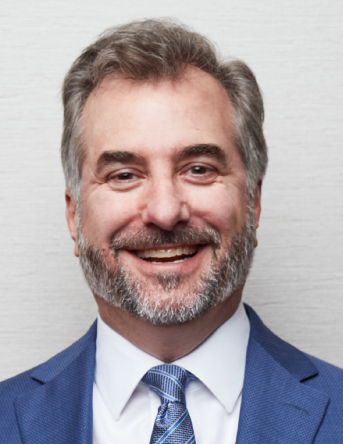[PRO PUBLICA] In May 2019, workers in California’s Central Valley struggled to seal a broken oil well. It was one of thousands of aging wells that crowd the dusty foothills three hours from the coast, where Chevron and other companies inject steam at high pressure to loosen up heavy crude. Suddenly, oil shot out of the bare ground nearby.
Chevron corralled the oil in a dry streambed, and within days the flow petered out. But it resumed with a vengeance a month later. By July, a sticky, shimmering stream of crude and brine oozed through the steep ravine.
Workers and wildlife rescuers couldn’t immediately approach the site — it was 400 degrees underground, and if the earth exploded or gave way, they might be scalded or drown in boiling fluids. Dizzying, potentially toxic fumes filled the scorching summer air. Lights strobed through the night and propane cannons fired to ward off rare burrowing owls, tiny San Joaquin kit foxes, antelope squirrels and other wildlife.
Over four months, more than 1.2 million gallons of oil and wastewater ran down the gully.
California had declared these dangerous inland spills illegal that spring. They are known as “surface expressions,” and the Cymric field was a hot spot. Half a dozen spills and a massive well blowout had occurred there since 1999. This time, faced with news headlines and a visit by Gov. Gavin Newsom to the site, officials with the California Geologic Energy Management Division, or CalGEM — the main state agency overseeing the petroleum industry — ordered Chevron to stop the flow. Regulators later levied a $2.7 million fine on the company.
READ MORE AT PRO PUBLICA




